 ESTABLISHING A DAILY PRACTICE OF ASHTANGA YOGA Ashtanga Yoyogi Omotesando Workshop; Tokyo, Japan; 9-14/04/2015 Japanese translation available here Nature told the wise rishis,
PURE EXISTENCE THE ONE WITHOUT A SECOND When within pure EXISTENCE a desire for manifestation arises CONSCIOUSNESS AND WILL APPEAR. The two mate together. Their offspring is INTELLECT The power of discrimination INTELLECT then individualises itself into AHAMKARA, (The "I-former") The universe fills with numberless little individual bundles of INTELLECT all searching for a means of expression. According to their innate predilections these AHAMKARA-bundles manifest as: waves of kinetic energy known as RAJAS (activity) material particles of potential energy known as TAMAS (inertia) and the subjective consciousness known as SATTVA (the balance) [from Prakrit - Your Ayurvedic Constitution by Dr Robert E. Svoboda] 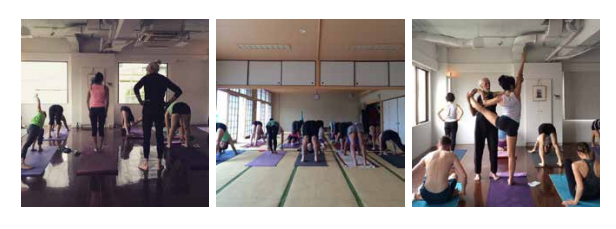 DESIRE, DISCOVERY, DECISION, DISCIPLINE, DEVELOPMENT You are motivated by some desire to change your life. This desire could arise from your constitution or your intellect. For a Vata you are naturally inclined to movement; for a Pitta you have a need for strong, physical exercise; for a Kapha, you need to move to overcome your innate inertia. Perhaps you are motivated by pain in your body; perhaps you want to feel better; perhaps you want to look better to yourself and others; you want to feel more desirable; you want to feel stronger, more centered in the Self, more focused. You establish in your desire an openness to discovering a way to fulfil your desire. Something or someone leads you to Ashtanga yoga. You discover that the more you learn about Ashtanga yoga the more your desire for change seems to occur. You commence your first classes in Ashtanga and learn that it is something that traditionally is done six days per week with the exception of moondays. You decide that you will give it a one month trial and pay your fees. Again, traditionally, Ashtanga yoga classes are held in the early morning, during the 22time of Brahma Muhurta. According to Ayurveda, the time between 04:24 A.M. to 05:11 A.M. is known as the Brahma muhurta. It is considered the favourable time for spiritual practice. You decide you can do this, at least for one month. You make a decision, a choice. 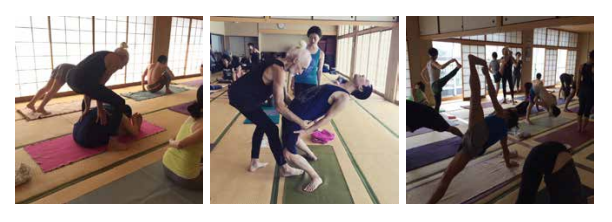 Discipline for most people is the major obstacle to fulfilment. As humans we are basically lazy. We are addicted to "information" which is readily accessible, but it takes total commitment to realise karma of a goal, the action element. (Karma simply means "action") I once had a dream in which I was being suckled at the breast of a Blue Complexioned Lady. As I nursed she whispered in my ear, "one can never achieve spiritual success without discipline". I can still conjure up that dream and the vision of the Blue Lady. The discipline required for a daily practice of Ashtanga yoga demands a re-assessment of one's entire lifestyle:Daily routine Diet Habitual distractions/addictions Employment Spouse/Partner Friends and Pets Living arrangements Whereas you may have habitually structured your day around employment, now you are having to structure your day/life around a physical/spiritual practice first and everything else second. This may or may not bring up great resistances within you. Getting out of bed after staying out late with friends or realising other commitments becomes an enormous challenge but you tell yourself that it will only last a month and so you endure. You find you've also discovered that you've begun to make new friends and because you are all doing the same thing each morning, it begins to feel "tribal." You feel part of a larger entity, you are included. The enthusiasm of this newly discovered activity lasts throughout the month. You feel better, you look better, your spirit is alive, other things in your life seem easier. You feel more focused and productive. Perhaps you decide to continue into the second and third months but at some point dis-satisfaction begins to set in. The newness has worn off and you are faced by the sheer hard work of diligence. You begin to make excuses: it's too difficult to do everyday; it's too expensive to pay for daily classes; you have no more social life; you can't eat late at night and get up the next morning. So, you say to yourself, "I'll just take my yoga mat and practice at home." 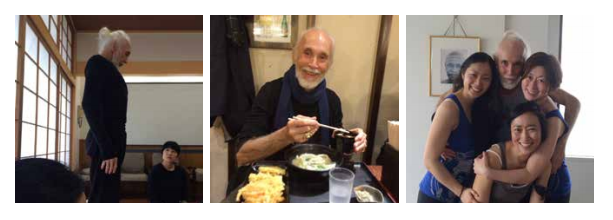 Practicing alone at home is one of the most difficult ways to proceed and succeed. There are so many distractions, so many things to take your focus. Physical and spiritual practice is best suited to a designated time and place. Still, determined, you make the attempt. For some people there is a bit of success, for others not, but having tried the experiment of practicing at home you have a contrast for comparison and you make the decision to continue with the experiment or return to the tribe. If you decide to return to daily classes you have made the next step in commitment and in doing so perhaps you have started to realise the many benefits of coming to a class. In the first instance you have an experienced teacher whose knowledge and experience can help you progress through the various series of postures and who is always there to welcome you and offer physical and emotional support. Many of the postures or asanas of Ashtanga Yoga are best accomplished with the physical assistance of an adjustment - in other words, the teacher helps you to get more deeply into the posture. In Primary Series Utthita Hasta Padangusthasana, the Marichyasanas, and Supta Kurmasana all benefit from a hands-on adjustment as do the back-arching postures which come toward the end of the practice. Additionally, there are times when difficulties arise and it is assuring to have the teacher and the tribe as reliable sources to which you can turn for assistance. These difficulties might arise from:Chronic conditions and disabilities Injuries and/or imbalances Weaknesses in the body/mind complex Actions and attitudes Diversions, distractions, and attachments as hindrances 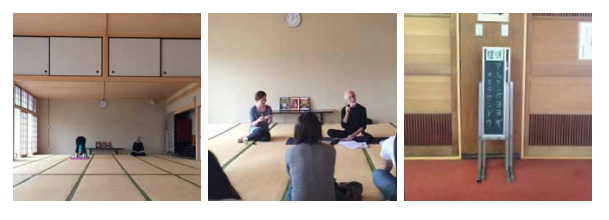
The Bhagavad Gita teaches us that our entire lives are spent in search of three things: 11/04/2015 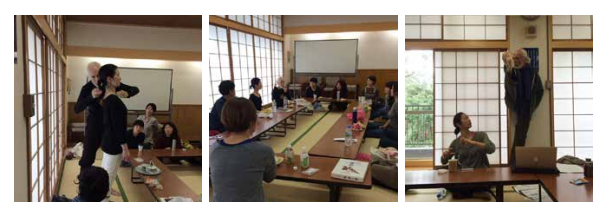 ©2024 | Have Yoga - Will Travel
|